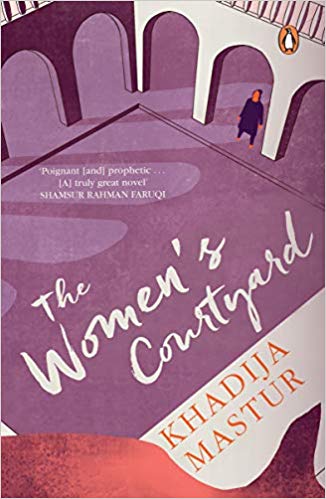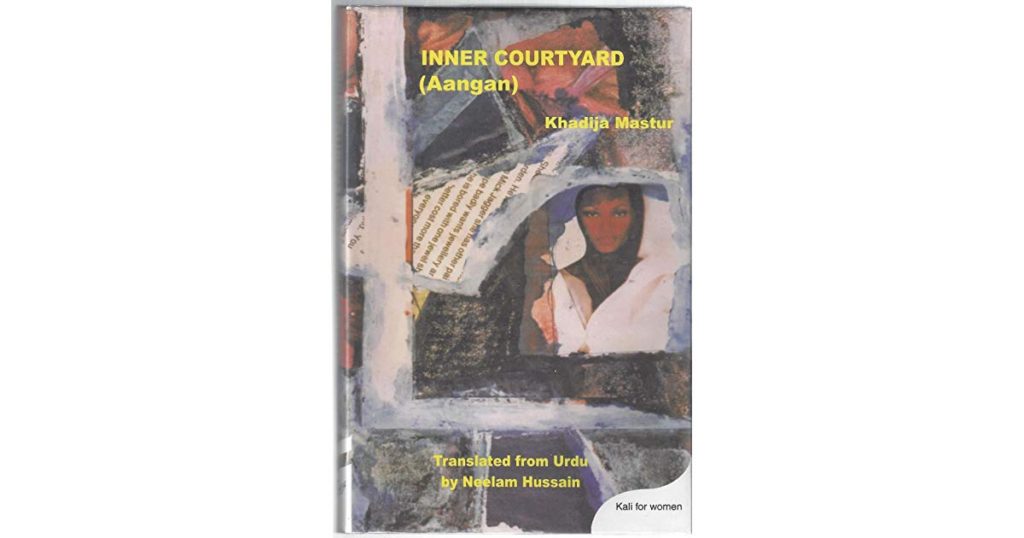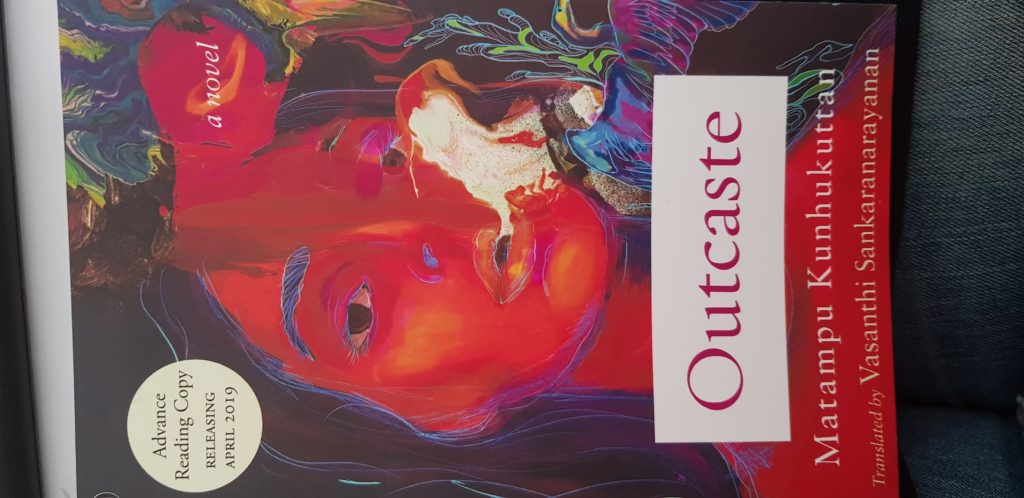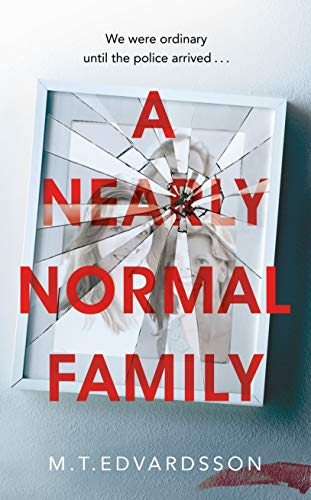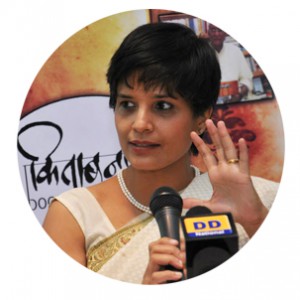Women in Translation, Aug 2019
The Women in Translation (#WiT) month is celebrated annually in August. There was a flurry of activity online with a number of gems being unearthed and discussed. It is a really fascinating time to discover new writers, new translators, new publishers etc. Whilst I enjoyed reading the various articles, interviews, profiles and even book extracts that were made available online, I realised there was a deafening silence from the Indian subcontinent.
There is a thriving literary culture that has existed in the subcontinent for an exceptionally long time in all the regional languages. Of late many of these texts are being made available in English so as to be accessed by a larger readership. Sometimes new translations are commissioned such as Daisy Rockwell’s translation of Khadija Mastur’s The Women’s Courtyard although a translation by Neelam Hussain of Simorgh Collective exists too.
Another fascinating aspect of the Indian publishing industry is that as it grows, the market grows, and so does the interest in the craft of writing. For long writers have written and published their works in various literary magazines, “women’s magazines”, newspapers etc. Of course there are now online literary spaces, discussion forums and sometimes even in the print media where writers are interviewed and their craft discussed. But interviewing writers, especially women, is an art unto itself. Women writers inevitably have to find the time to write amongst the rhythm of many other duties and commitments they need to fulfil. This was more so in the past than now when increasingly there are more and more “professional writers”. Even so, reading about the craft of writing by women writers continus to be an exciting world since irrespective of socio-economic class, many writers share the same concerns and have similar pressures. Women Unlimited, an associate of Kali for Women, has for years published interviews with women writers. Their latest publication is Lifescapes: Interviews with Contemporary Women Writers from Tamil Nadu. The Tamil publishing landscape is not an easy one to understand with many interesting threads running through it, all of which were influential upon the seventeen women writers interviewed by the editors — K. Srilata and Swarnlatha Rangarajan. While the interviews themselves are insightful, it is the structural arrangement of each entry that is fascinating for it has the mandatory biography about the author, a sample of her writing, a head note by the editors introducing the writer and why they chose her specifically to be included in the anthology and finally, the interview. Every detail adds just sufficient information creating an image of the writer that the reader definitely wants to know more about.
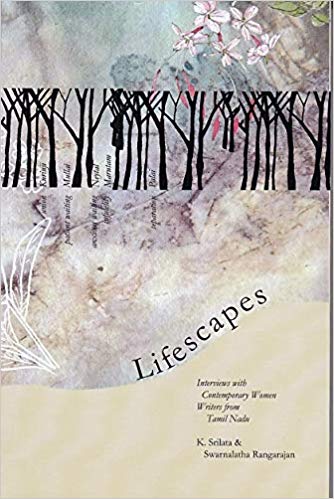
Ever since World Literature began to open new publishing horizons in the Anglo-American book market as well as the growth of the desi diaspora as a lucrative readership, did the spotlight on translations from regional languages into English become an attractive proposition for many firms. As a result there is a feast of offerings particularly as the multi-national publishers expand their fare. Be that as it may there are some fabulous publishers such as Women Unlimited, Zubaan, Orient Black Swan, Speaking Tiger, Permanent Black ( on occasion), Aleph Book Company, Yoda Press, Westland/Amazon and Oxford University Press that have been publishing translations for a while. It is impossible to list all but here some of the wonderful titles published recently.
The Solitary Sprout: Selected Stories of R. Chudamani ( translated from Tamil by C.T. Indra and T. Sriraman) is a fabulous collection of short stories. In fact, R. Chudamani (1931-2010) has often been considered as an early feminist among Tamil writers. The Solitary Sprout is a wonderful selection of Chudamani’s short stories with “No fury like a mother’s”, “Herself” and “Not a stepfather” standing out as very modern stories. It is hard to believe that these were written many decades ago. The sharp insight and clear ideas that the writer shares can take one’s breath away even now. For instance, “No fury like a mother’s” is about three mothers of young schoolgirls who are furious at how their daughters are ill-treated by their school teacher. The punishment meted out to the young girls by the teacher is to strip the girls publicly. The three mothers team up and pressurise the teacher to resign otherwise they threaten to mete out the same treatment to her as she did to their daughters. “Herself” is about a mother who once her children are married and settled with families of their own, discovers her trueself and becomes a music teacher as well is a voluntary worker at the Primary Health Centre in her village. Much to her visiting daughter’s dismay who had expected a month’s vacation at her parent’s home free from all responsibilities including babysitting her own son. Instead the daughter discovers she has to pitch in with household chores at her parents home and continue to look after her own son. She is deeply disappointed and upset as her memories of her mother was one who was always free and available for the family. It rattles the daughter. More so as her father supports his wife’s actions and sees no wrong. “Not a stepfather” addresses issues like widow remarriage, single parenting, stepfather etc. It is beautifully told from the perspective of the disgruntled mother of the bride who is not amused that her daugther has remarried and expects the new husband also to take care of her young son. It is complicated but within the first visit of the newly married couple to the mother’s house, the son warms up to his new father and gets the blessings of his mother-in-law too. It is a powerful story as it raises so many questions about gendered and social expectations of a woman and a man. The Solitary Sprout is worth reading, sharing and discussing in more forums. These are stories that need to be told more often.
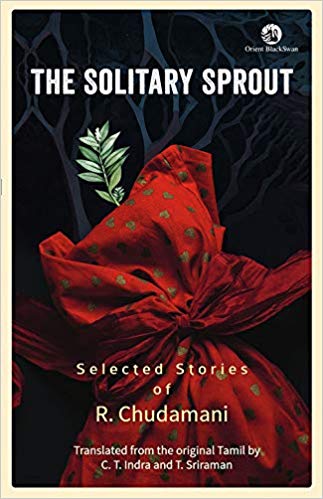
Prolific and powerful writer K. R. Meera has a new collection of three novellas called The Angel’s Beauty Spots. As often is the case with K. R. Meera’s stories, she explores love and its various angles. Sometimes well meaning and powerful love for all intents and purposes can go horribly wrong as in the title novella. K. R. Meera’s stories have this remarkable quality of taking the wind out of the reader’s sails with the horrific and at times inexplicable sequence of events except that some bizarre form of love propelled many of the decisions taken by her characters. Somehow the team of author and translator, K. R. Meera and J. Devika, works well. It is difficult to pinpoint an exact reason but the translation reads smoothly without losing any of the cultural characteristics of sharing a story set in Kerala and written in Malayalam. It just feels perfectly satisfying to read.
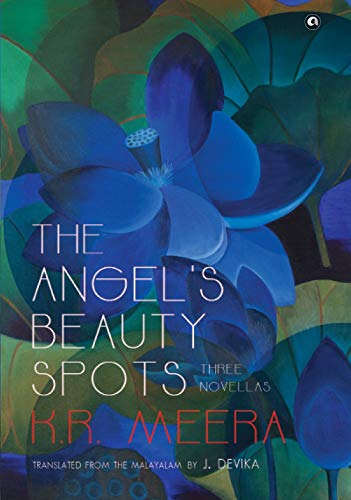
The Diary of Manu Gandhi ( 1943 – 44) are the diaries written by Manubehn ( Mridula) Gandhi, who was the youngest daughter of Mahatma Gandhi’s nephew, Jaisukhlal Amritlal Gandhi and Kasumba. These diaries are preserved in the National Archives of India and for the first time are being translated and edited from Gujarati into English by Tridip Suhrud. Manu Gandhi as a young girl had been encouraged by Mahatma Gandhi to maintain a diary. Manu Gandhi was the one walking beside Mahatma Gandhi at Birla House before his would-be assassin, Nathuram Godse, pushed her aside, so as to be able to shoot his target.
Diary-keeping of Gandhi was an essential duty for all those engaged in pursuit of truth and hence obligatory for Ashramites and satyagrahis. He constantly urged the Ashram community and constructive workers to maintain one. ….A daily diary,he believed, was a mode of self-examination and self-purification; he made it an obligatory observance for all those who walked with him on the Salt march.
While The Diary of Manu Gandhi ( 1943 – 44) is of more academic and historical interest to many readers, it is accompanied by a fine commentary by Gandhian scholar Tridip Suhrud. He offers insights about maintenance of a diary, the translation process, making available critical empirical material such as these diaries which till now many knew of its existence but not many could access. It also documents the growth of a young, under-confident girl to a mature person as evident in the style of her writing, longer sentences, more time spent describing incidents rather than restricting it to scribbles as many of the early entries are. Interestingly, as Tridip Suhrud points out in his introduction, Mahatma Gandhi or Bapu as he was known, would often read and scribble his thoughts in the margins of Manu Gandhi’s diaries. Ideally though it would have been a preferable if in this volume an interview with Tridip Suhrud with a leading gender/oral history expert had been included. It would then give some critical insights in what it means to translate a young girl’s diary many decades later by a highly reputed Gandhian scholar. With due respect even the best academic scholars tend to gloss over certain gender issues that irrespective of how many times they are repeated continue to be important and need to be highilghted. At the same time it would be fascinating to see what emerges from the conversation of a Gandhian expert with a gender expert to see how much Gandhian ways of living influenced the minds and hearts of those in the Ashram or did the basic gendered ways of seeing also get scrubbed away.
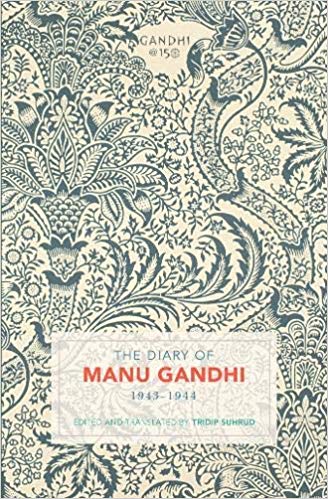
Speaking of memoirs, Rosy Thomas’s He, My Beloved CJ about her life with her husband and well-known Malayalam writer and critic, C. J. Thomas. It has been translated by G. Arunima. C.J. Thomas died young. His wife wrote this memoir much later. While it is a very personal account of her courtship, her marriage and the brief time she spent with her husband during which he opposed her desire to seek employment. Apparently in the Malayalam text, Rosy Thomas often refers to her husband as moorachi ( a colloquial term for conservative). Hence within this context it is quite amazing to read an account of a life that does not necessarily romanticise the couple’s love but is able to subvert the prevalent notions of wifehood. It has descriptions of their homes, their families, their circle of friends and at times some of their discussions on art, creativity and politics. At least in the memoir she comes across at times an equal participant despite his conservative mindset on having a wife who earned a living. Be that as it may, the monotone pitch at which the memoir is written or has been translated in —it is difficult to discern the difference — does not make He, My Beloved CJ easy to read. Of course it is a seminal book and will for a long time be referred to by many scholars interested in knowing more about the literary movement in Kerala or about the legend himself, C. J. Thomas — a man who seems to have acquired mythical proportions in Kerala. How many will access it for being a woman’s witnessing of a fascinating moment in history, only time will tell. Meanwhile the translator’s note is worth reading. G. Arunima writes:
…this biography is as much about C J Thomas and their marriage, as it is about Rosy as a writer. The act of remembrance is also about fashioning her own self and subjectivity, both as a ‘loving’ subject, and as a ‘writer’ and raconteur, observing, weighing, annotating and narrating their life as a text. Rosy Thomas grew up in a literary home; her father, M P Paul, was an intrinsic part of the Progressive Writers’ Movement, the Sahitya Pravarthaka Sahakarna Sangham ( Literary Workers’ Cooperative Society) and had also set up the tutorial college that was named after him. Writers, books and a culture of reading were a central part of her life. Even though these reminiscences do not dwell too much on her own literary or political formation, it is evident that CJ’s world wasn’t alien to her. In her later life she was to become a published writer and translator in her own right; such creativity is obvious even in this text where the nuances of a remembered life are testament to her wit and literary flair.
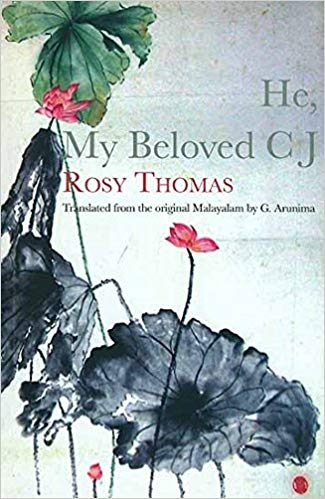
There are many, many more titles that one can discuss such as Sharmila Seyyid’s Ummath: A Novel of Community and Conflict. It is set during the three decades of the Sri Lanka’s civil war. It is told through the lives of three women, Thawakkul, Yoga and Theivanai — one a social activist, the other a Tamil Tiger forced into joining the movement as a child, and the third a disillusioned fighter for the Eelam. The novel has been translated from Tamil by Gita Subramaniam. While it immerses one immediately into the strife torn landscape, it is also puzzling as sometimes the voices of the three main characters seem to acquire the same pitch, making it seem as if the author’s own devastating firsthand experiences of the conflict are making their presence felt throughout the narrative. It is impossible for the English readers to ever solve this puzzle but there is something that comes through in the translation and is not easy to pinpoint. While promoted as fiction, it is easy to see that Ummath with the insights it offers, nature of conversations documented and descriptions of the landscape make this novel a lived experience. This is a challenging story to read but is worth doing so as the conversations about women/gender and conflict are relatively new in public discourse and need to be share more widely.
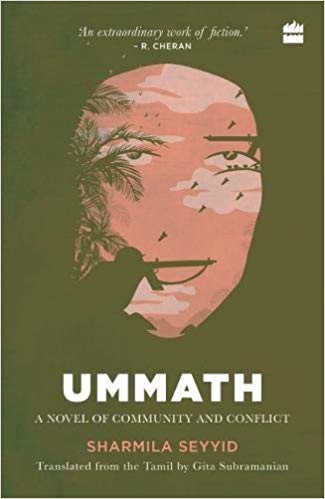
The final book in this roundup is a translation from Bengali of Upendrakishore Ray Chowdhury’s The Children’s Ramayana by first-time translator Tilottama Shome. It is the Ramayana told with its basic story sans the many digressions and minor tales. It is the epic with many of the popular stories retold that many generations of Indians are familiar with. It does not come across as a novice’s attempt at translation. In fact as she says in her translator’s note, “I have tried to retain that delightful quirky tone and the hint of humour told with a straight face that has endeared Upendrakishore Ray Chowdhury’s works to readers for generations” seems to be true. Again it is impossible for English readers to confirm this fact or not but there is something about the zippy pace, ease of reading, a rhythm to the storytelling, making it immensely attractive to read. Perhaps Tilottama Shome being a trained singer ably assisted her in finding the rhythm to this translation. There is something to be said for a trained musical ear and discovering the cadences of a written text making the translation from one language/culture to the next a pleasurable experience!
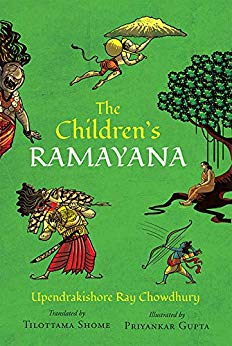
18 September 2019

